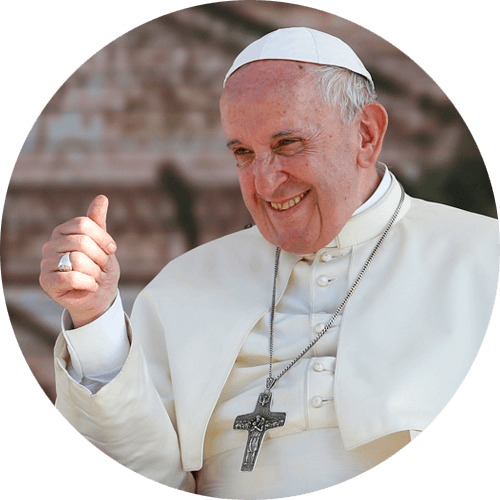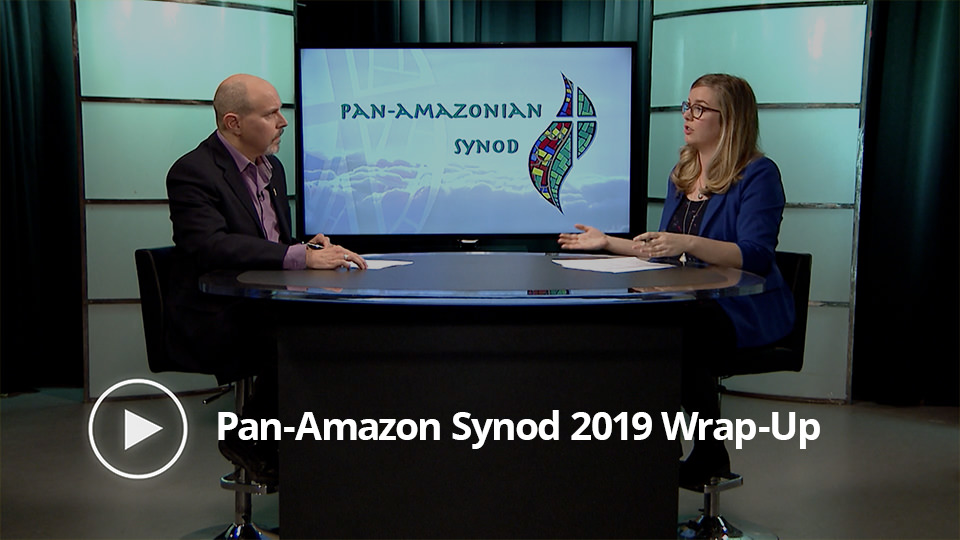
1. What's a Synod?
The Synod of Bishops is an ecclesiastical (Church) body established by Pope Paul VI after the Second Vatican Council in 1965. It was set up to foster “the unity and cooperation of bishops around the world with the Holy See.” Synods of Bishops meet at the request of the Holy Father, when he considers it necessary or opportune to consult with the world’s bishops on topics that pertain to the entire Church; these kinds of sessions can be either Ordinary or Extraordinary. The Synod of Bishops can also meet in a Special Assembly (or Session) on topics that pertain to a limited geographical area.

2. Who's head of the Synod?
The President of the Synod is the current Holy Father, Pope Francis. The Synod also has a General Secretary, who is currently Italian Cardinal Lorenzo Baldisseri. Check out the Witness Interview with Cardinal Baldisseri

3. Who takes part in the Synod?
Several hundred bishops participate in the synod, elected by the bishops’ conferences of each country. Other participants include the heads of Eastern Catholic Churches, members of religious institutes, cardinals who head Vatican offices and special papal appointees. Although they have no voting role, lay men and women are often participants too. For example, during the recent synod on the family, there were 18 married couples.This synod will include young men and women from around the world, including Emilie Callan and Julian Paparella from Salt + Light.

4. What’s the purpose of a Synod? What's its goal?
Synods are not parliaments where in order to reach a consensus, participants (Synod Fathers and delegates) start to negotiate, making deals and compromises. The only method in the synod is to listen to the voice of the Holy Spirit and to arrive at a real consensus inspired by the Holy Spirit.

5. Where does the Synod take place?
The Synod takes place in the Synod Hall located above the Paul VI Audience Hall inside Vatican City. It begins with an opening mass in St. Peter’s Basilica followed by 3 weeks of formal sessions that involve attentive listening to individual “interventions” (short presentations) of each bishop and appointed delegate and hours spent in small working groups in the official languages of the Synod: English, Italian, Spanish, French and German. It ends with a big, concluding mass.

 “The main purpose of this convocation is to identify new paths for the evangelization of this segment of the People of God, especially the indigenous peoples, often forgotten and without the prospect of a peaceful future, also due to the crisis of the Amazon rainforest, the lungs of paramount importance for our planet.”
“The main purpose of this convocation is to identify new paths for the evangelization of this segment of the People of God, especially the indigenous peoples, often forgotten and without the prospect of a peaceful future, also due to the crisis of the Amazon rainforest, the lungs of paramount importance for our planet.”

 Click here for the official website
Click here for the official website
 1. What's a Synod?
1. What's a Synod? 2. Who's head of the Synod?
2. Who's head of the Synod? 3. Who takes part in the Synod?
3. Who takes part in the Synod? 4. What’s the purpose of a Synod? What's its goal?
4. What’s the purpose of a Synod? What's its goal?  5. Where does the Synod take place?
5. Where does the Synod take place?